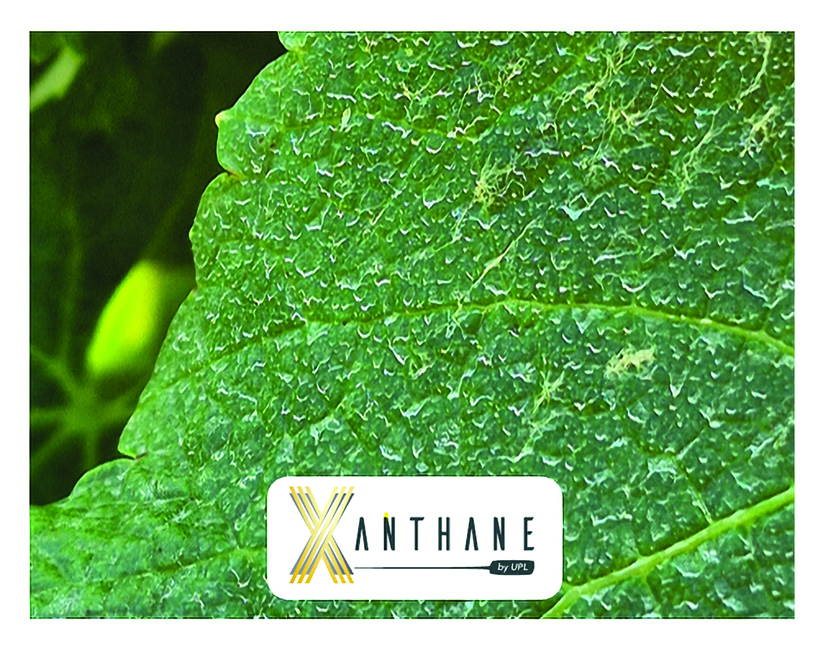Growers looking for an easy-to-use sulphur to protect grape vines from powdery mildew and tomato crops from mites and powdery mildew will have access to an advanced liquid formulation from UPL Australia this season.
New Thiopron fungicide (825g/L sulphur) is a SC formulation powered by Xanthane, a built-in food-grade natural adjuvant.
The result – an organically certified product offering excellent rain fastness, greater coverage, and better dispersion for optimum efficacy.
Ian Cass, head of UPL marketing and business development, says they are excited to announce the registration of Thiopron in Australia for growers.
“This is sulphur like it’s never been seen here before,” Ian says.
“No more handling bags and prolonged mixing. Thiopron is an advanced liquid sulphur formulation which has excellent water dispersion and suspensibility, making it easy to use, store and handle,” he adds.
And like other leading sulphur products in the UPL stable, Thiopron has small and uniform 1.2 micron sulphur particles, compared to the larger, inconsistent size particles averaging three micron in WG sulphurs.
Ian says the smaller particles provide greater coverage of the crop surface, with less space between particles, which in turn creates a greater defence against powdery mildew.
Other benefits include improved contact point on leaves and smooth sublimation.
“The premise of sulphur as a fungicide is based on sublimation – or conversion – of solid sulphur particles on the plant’s leaf to a vapour which includes hydrogen sulphide gas,” he says.
“The vapour is toxic to pathogens and acts as an antisporulant, preventing early infection and disease spread – where disease is already present.”
He adds Thiopron has a built-in food-grade surfactant – Xanthane – which has several benefits.
“The inclusion of Xanthane improves the suspension of sulphur in the liquid, as well as stabilising and maintaining the same concentration of sulphur throughout the liquid.
“Thiopron therefore gives both better distribution of sulphur on the surface of the crop and better adhesiveness, compared to a WG sulphur,” Ian explains.
“It also means the sublimation process is slower with Thiopron compared to WG sulphur, ensuring this process occurs gradually and closer to the leaf surface, rather than one ‘big explosion’.
“A smooth sublimation gives greater persistency of the fungicide.”
In comparison, WG sulphurs undergo a much faster sublimation, with greater losses to the atmosphere and reduced persistence as a result.
One other key benefit for growers using Thiopron is the improved rainfastness of the Thiopron formulation.
“In lab results Thiopron has been shown to have just over 4.5 times the amount of sulphur deposit remaining on the leaf after 30mm of simulated rain compared to WG formulations,” Ian says.
In a zucchini trial in Italy after 30mm of simulated rain, powdery mildew incidence was 1.56 per cent for plants treated with Thiopron, compared to 30.3 per cent for WG sulphur treated plants, and 100 per cent incidence for control plants.
“UPL has trialled Thiopron in tomato crops and vineyards across Australia, with great results,” Ian adds.
Thiopron has been used in vineyards in Europe for more than 10 years with great success. UPL is also very happy to have obtained approval for Thiopron as an organic input in Australia.
“We are really excited to introduce this new technology to Australian growers,” Ian says.
“Thiopron is a superior liquid formulation delivering both performance and ease of use.
“For some growers the choice may be as simple as no more bags.”




